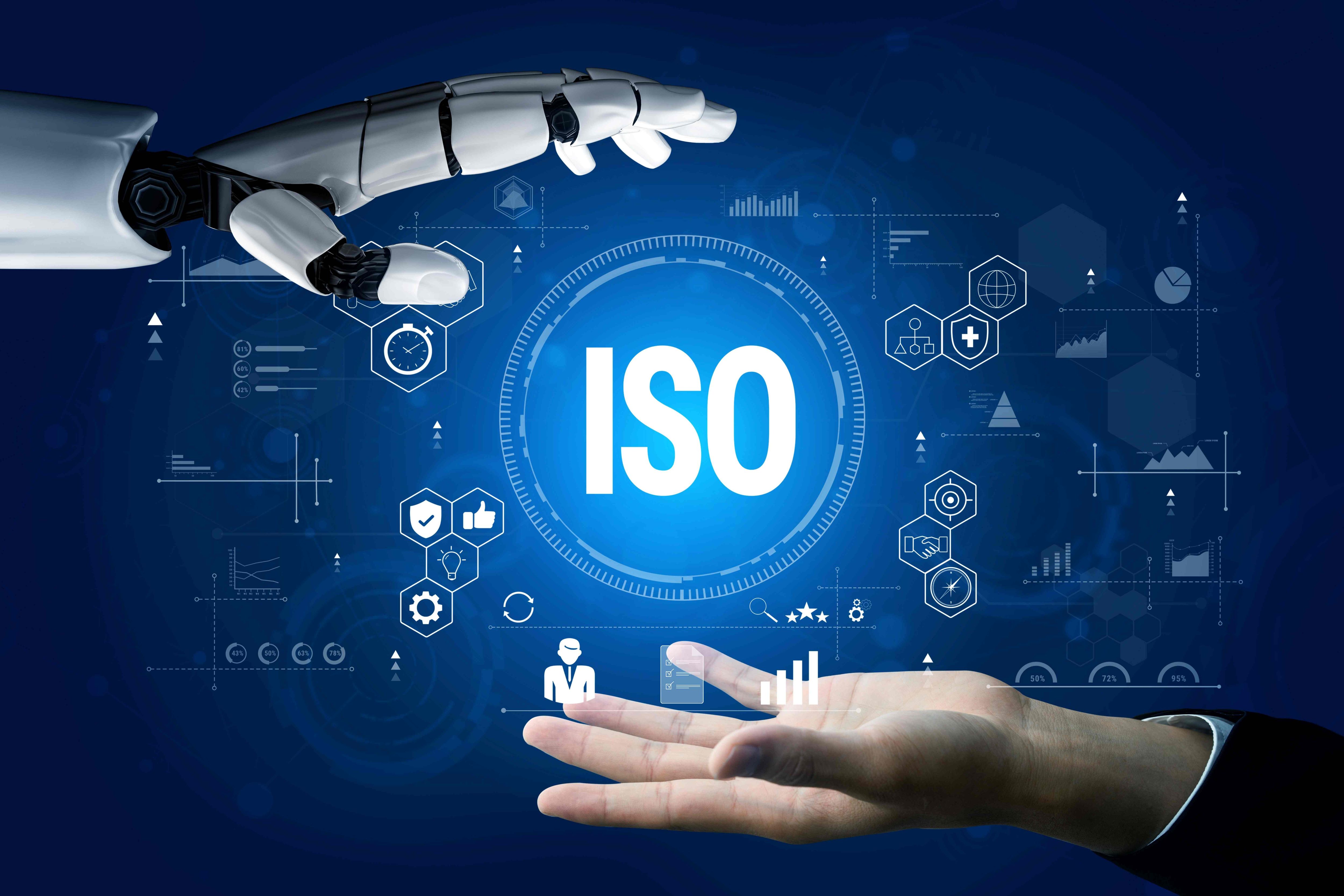Game On: The Rise of Esports

Fueled by digital technology and the passion of billions of gamers around the world, esports is an exciting and growing industry. Learn about its history and the tech that’s driving it forward.
For thousands of years, from the time of pharaohs and emperors, sports have been a way to witness—or take part in—the thrill of battle.
In today’s digital world, esports is emerging as another exciting field of play. In this article, learn more about the history of esports and how today’s technological advancements have given this industry more room to grow.
The rise of esports
K-dramas and k-pop aren’t the only things we need to thank South Korea for. The East Asian nation also paved the way for the rise of esports as an industry, thanks to the country’s early adoption of information communication technology (ICT), a financial crisis, and what are called “PC bangs”—the South Korean term for PC rooms.
As early as 1983, the South Korean government was keen to build and support an information society at the national level. By the late 1990s, the country had built the infrastructure needed to bring high-speed broadband Internet to its citizens. The problem was, the service was too expensive for most households. Determined to nurture ICT for national development, the government established and operated “community access centers” in neighborhoods. These were public spaces where residents could surf the web for free, but they didn’t quite take off.
The 1997 Asian financial crisis changed all that. The government shut down these community access centers and, as many citizens were laid off, entrepreneurial ones filled the digital void with PC bangs. In these lounges, gamers paid an hourly fee for access to a computer terminal and a high-speed Internet connection.
It was in these PC bangs that young Koreans became obsessed with the American game StarCraft, which Blizzard Entertainment released in early 1998. Its unparalleled popularity in South Korea had many not only playing the game but watching other gamers compete as well.
PC bang owners took note and started organizing competitions and sponsoring individual players and teams. By the end of the year, the Korea Pro Gamer’s League (KPGL) had been founded. In 2000, the Ministry of Culture, Sports, and Tourism created the Korean Esports Association (KeSPA).
That same year, OnGameNet became the world’s first broadcast channel dedicated to esports content. Esports began attracting big sponsors such as Samsung, Asiana, and Korean Air. Thanks to StarCraft and South Korea, the star of esports was on the rise.
Driven by digital technology
Fast forward more than twenty years later, and esports has become a cultural phenomenon around the world. There are professional esports leagues, dedicated stadiums, millions of dollars in prize money, and millions of fans across the globe.
The same characteristics that attract loyal fans to traditional sports can also be found in esports: excitement and expertise, hard-won victories, and heartbreaking defeats. But esports isn’t only fueled by the gamer’s blood, sweat, and tears. Technology plays a pivotal role in its reach, growth, and popularity.
Let’s take a look at some of the tech innovations that have given esports a boost.
High-speed internet
Those of us who were around when dial-up internet access was the only option can appreciate the tremendously faster connections we enjoy today. The availability of high-speed internet has improved the user experience, minimized the effect of latency, and helped the industry reach new heights.
Thanks to faster Internet connections, more individuals can watch esports from the opposite corner of the world. Also, gamers hoping to reach the pros now have more opportunities to join competitions.
(Also read: How 5G will Power Our Post-Pandemic World)
Life-like graphics
When it comes to esports, looks matter. Vivid and realistic world-building with high-resolution graphics, complex animation, and a compelling story is crucial to a game’s success with both gamers and fans.
(Also read: Gamers Unite: Four Trends for 2022)
Online payments
Online transactions have become easier and safer, making online purchases hassle-free. With licensed app stores and secure payment options, gamers can easily buy digital products like video games, software, and in-game purchases.
(Also read: How Your Virtual Cart Can Save Your Wallet)
Augmented and virtual reality
We play video games to get lost in another world. Augmented reality (AR) and virtual reality (VR) technology can make esports even more immersive, blurring the line between the physical and the virtual. The technology could also improve the spectator’s experience: AR technology at the arena could flash player information and game stats in real time.
(Also read: Are We Ready for the Metaverse?)
Artificial intelligence (AI)
AI can bring tremendous value to esports players and coaches. AI can help players improve their gameplay strategies, customize training regimens based on weak points, and analyze the opponents’ performances.
(Also read: How AI Will Win Wars)
Taking esports to the next level
According to video games intelligence experts at Newzoo, the global games market will generate USD 198.6 billion in 2022, with nearly 3.2 billion people playing games.
Having evolved from friends playing video games in living rooms to professional players gunning for first place in jampacked stadiums, esports has become a worldwide cultural phenomenon. It is anchored in emotional connections that individuals have for the game and pushed to greater heights by the technology driving the industry.
As one of the Top 25 EMS companies in the world, IMI has over 40 years of experience in providing electronics manufacturing and technology solutions.
We are ready to support your business on a global scale.
Our proven technical expertise, worldwide reach, and vast experience in high-growth and emerging markets make us the ideal global manufacturing solutions partner.
Let's work together to build our future today.
Other Blog





